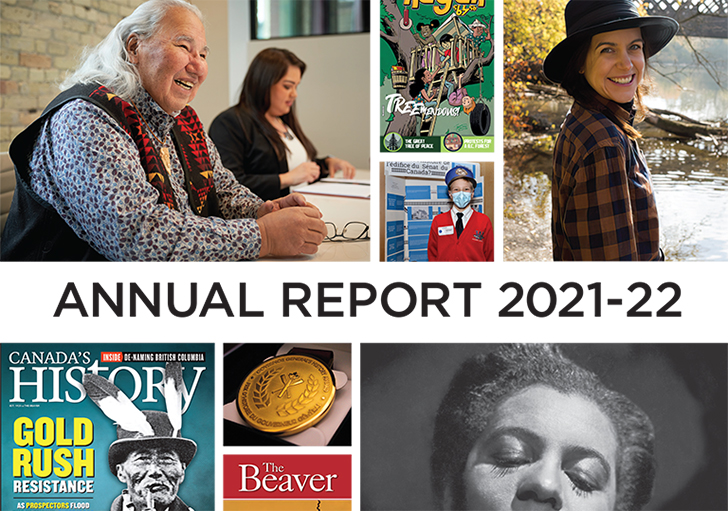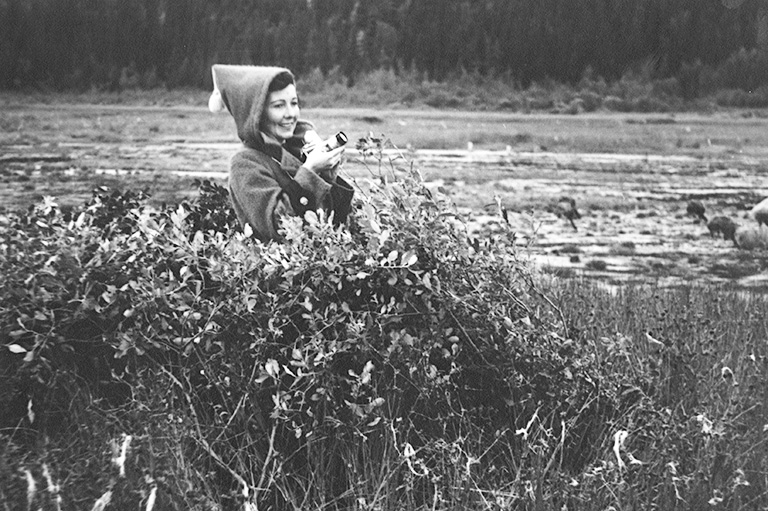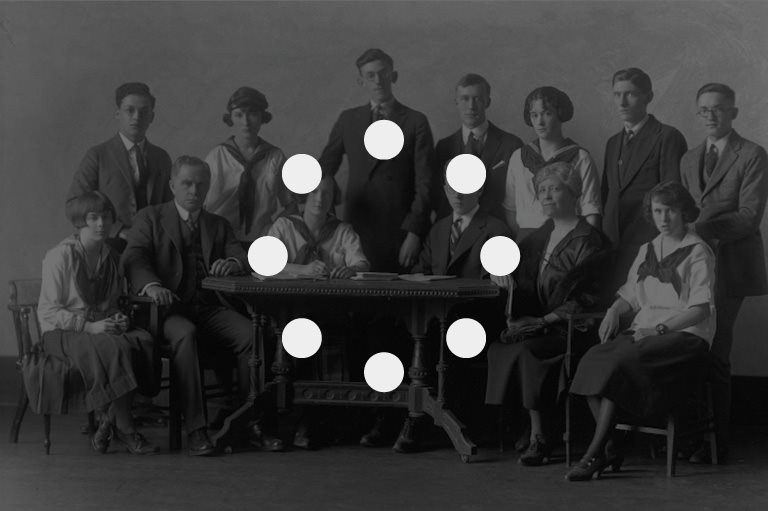Making Waves
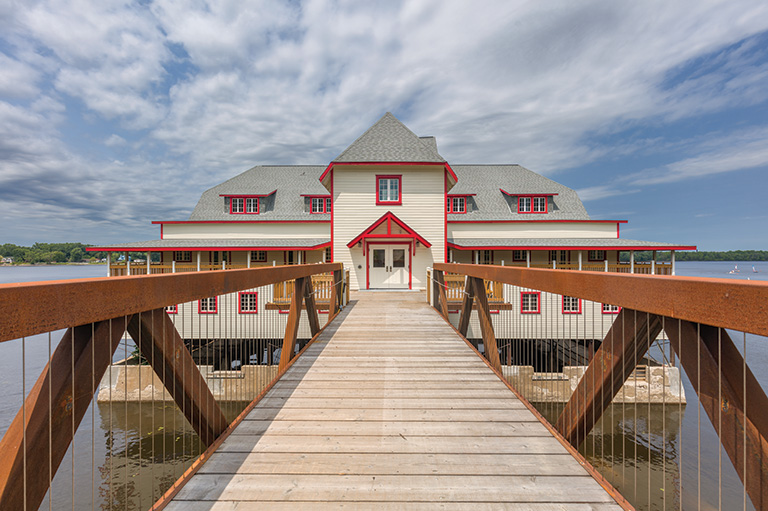
It’s a warm, sun-washed day in 1942, and a flock of fit women and men lounge on a large dock, paddle canoes, and climb to the top of a towering diving platform on the Ottawa River about five kilometres northeast of Parliament Hill. Behind them atop a concrete pier stands a gable-roofed, two-and-a-half-storey building fronted by a cantilevered veranda with views of the forested Gatineau Hills on the far shore.
That scene, from a vintage travel documentary, harkens back to an era of striped bathing suits and straw boater hats and depicts the Ottawa New Edinburgh Club (ONEC) boathouse as a lively hub of aquatic recreation. The steel-framed, wood-clad structure, designed by former Ottawa Improvement Commission head and prominent local architect C.P. Meredith and completed in 1923, was recognized as a Federal Heritage Building in 2010 for its links to Canadian canoeing history, its architectural value as one of the country’s four remaining Queen Anne Revival-style boathouses, and its stunning natural setting.
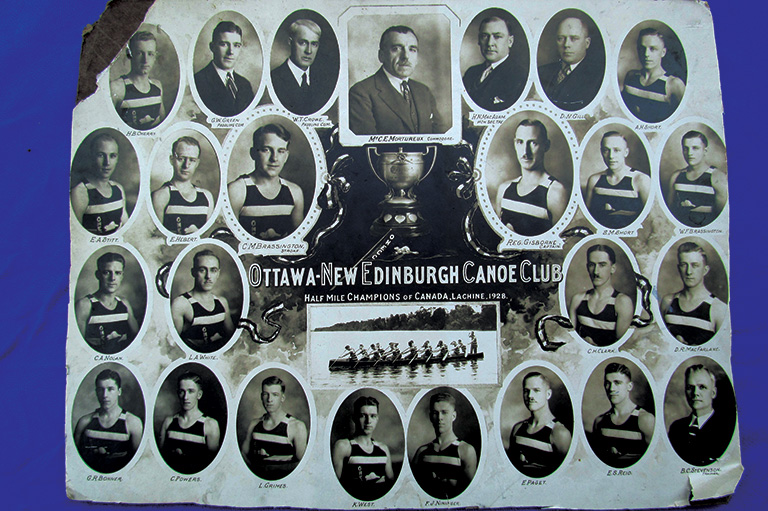
Although interest in swimming declined over the decades because of concerns about water quality, and the swimming dock was swept away by spring-breakup ice in 1973, rowing and sailing grew in popularity, and the veranda and a second-floor ballroom continued to rock with weddings, dances, and barbecues. That lasted until a dozen years ago, when fire-code regulations restricted the number of visitors and the types of events that could be held.
Now, however, the National Capital Commission (NCC) is nearing the finish line of a three-year revitalization, and next summer ONEC plans to move back into the rechristened National Capital River Pavilion. The NCC is not only restoring and conserving as many of the building’s heritage features as possible, while updating others to meet modern safety and accessibility standards, it’s also creating a four-season gathering place — an effort to reconnect the community to its riverside past. “It’s exciting that a landmark building rich with stories will once again be used to its full potential,” says former ONEC member Natalie Bull, executive director of the National Trust for Canada, a non-profit organization dedicated to preserving the country’s historic places.
Informed by a project led by Carleton University architecture professor Mariana Esponda, whose students digitally documented the boathouse and created thirteen detailed proposals for its future use, the renovation began in fall 2019 and wrapped up this summer. The wood cladding, tongue-and-groove flooring, and some windows were kept as part of an effort to maintain the structure’s character, while a sprinkler system and elevator were installed and the bridge to the shoreline was replaced. The focus has now shifted to landscaping, with an anticipated reopening in July 2022. The revamped pavilion will feature concessions, an event space and outreach programs run by the Ottawa Riverkeeper watershed stewardship agency.
“There’s going to be a new buzz,” says ONEC president Meghan Hanlon. “It’ll be great to see people on the water in a place they haven’t been able to access for a while.”
We hope you’ll help us continue to share fascinating stories about Canada’s past by making a donation to Canada’s History Society today.
We highlight our nation’s diverse past by telling stories that illuminate the people, places, and events that unite us as Canadians, and by making those stories accessible to everyone through our free online content.
We are a registered charity that depends on contributions from readers like you to share inspiring and informative stories with students and citizens of all ages — award-winning stories written by Canada’s top historians, authors, journalists, and history enthusiasts.
Any amount helps, or better yet, start a monthly donation today. Your support makes all the difference. Thank you!
Themes associated with this article
Advertisement
With 7 uniquely curated newsletters to choose from, we have something for everyone.
Save as much as 40% off the cover price! 4 issues per year as low as $29.95. Available in print and digital. Tariff-exempt!

